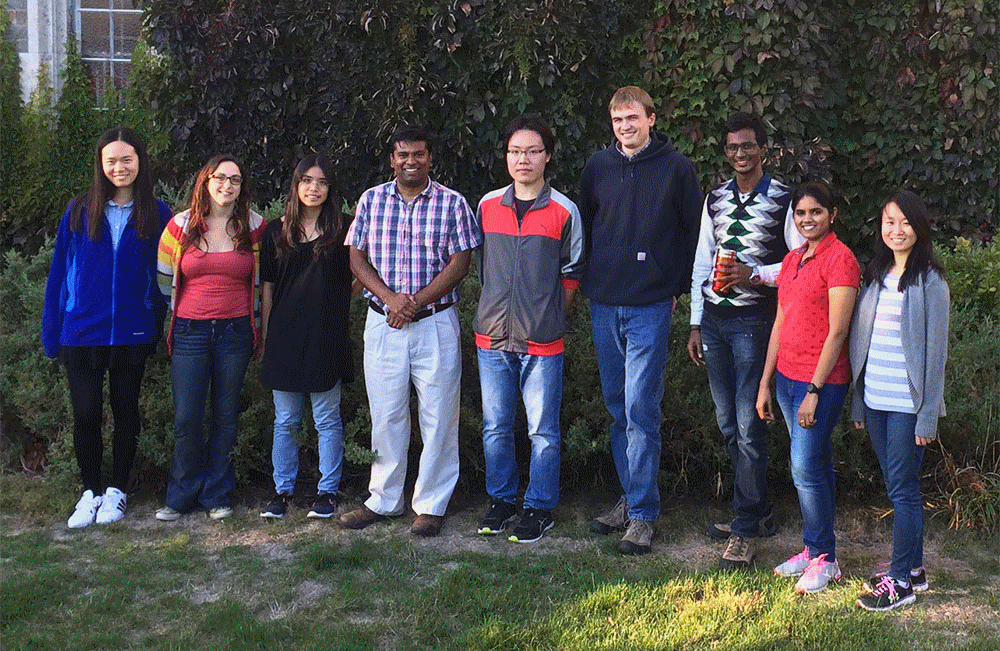 Our research focuses on the development and application of novel optical imaging methods for basic science investigations and clinical applications. The main imaging modality we work on is optical coherence tomography (OCT), which can provide 3D label-free imaging of tissue structure and function in vivo. OCT can be thought of as the optical analogue of ultrasound, but with the advantage that ‘optical echo’ measurements support much higher resolution.
Our research focuses on the development and application of novel optical imaging methods for basic science investigations and clinical applications. The main imaging modality we work on is optical coherence tomography (OCT), which can provide 3D label-free imaging of tissue structure and function in vivo. OCT can be thought of as the optical analogue of ultrasound, but with the advantage that ‘optical echo’ measurements support much higher resolution.
OCT-based instrumentation and imaging techniques. We are developing methods to optimize resolution and enhance the contrast of 3D-OCT. This includes methods for optical coherence elastography (OCE) to image the mechanical properties of tissues. OCE provides a high-resolution ‘palpation’ capability by mechanically perturbing a sample and precisely imaging the corresponding displacements. We also explore new image formation paradigms for cellular-resolution volumetric OCT. These efforts exploit computational approaches that are made possible by recognizing that OCT combines the advantages of digital holography with the beam-scanning benefits afforded by confocal microscopy.
Basic science. While much OCT research has focused on clinical applications, the role of OCT in the basic sciences is less developed. This part of the research program aims to exploit the advantages of OCT-based imaging of tissue structure and function to better understand the development and progression of disease. Of particular interest is the application of OCE to study the role of mechanical properties in carcinogenesis in vivo. These investigations benefit from multidisciplinary collaborations both within the department and with other researchers at Cornell.
Clinical applications. The label-free non-invasive imaging capabilities of OCT allow for the instrumentation development and basic science research mentioned above to be translated ‘from the bench to the bedside’. This involves the design, construction and deployment of portable systems, as well as the studies to test the sensitivity and specificity of image-based biomarkers for disease diagnosis, or for monitoring response to treatment.


